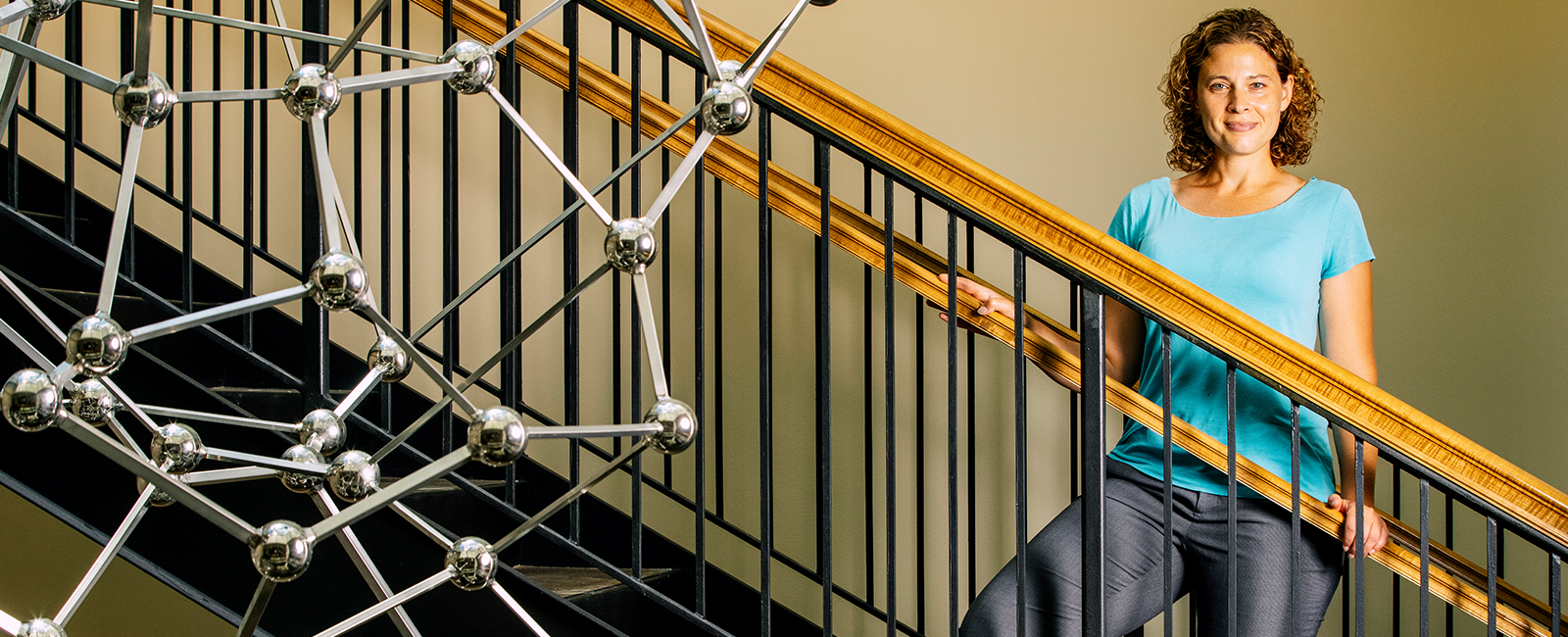The Freedman Group applies the atomistic control inherent to synthetic chemistry to address fundamental questions in physics. Within this paradigm, we are creating the next generation of materials for quantum information and harnessing high pressure to synthesize new emergent materials. In the first area, we are creating molecular materials for applications within quantum information science. Quantum information science is an overarching term which spans computation, sensing, precision metrology, and communication. Over the past few decades, the scientific community laid the foundation for the realization of quantum technologies by understanding and controlling the core quantum unit – the qubit. Bottom-up design of molecular-based qubit systems represents a unique approach to qubit creation, conferring Ångstrom scale spatial control and chemical specificity for targeted qubit-qubit or qubit-substrate interactions. Using this incredible chemical control, we tune both the physical and electronic structure of the qubit to generate qubits with long lifetimes, well-controlled qubit-qubit interactions, and pathways to control the qubit with light. Such precise control of the qubit environment allows us to integrate these qubits into extended structures, design magnetic interactions between qubits or synthetically tune the qubit to interact with a targeted substrate for sensing applications.
In our second area of research, we harness geophysically relevant pressures to synthesize previously inaccessible compounds with unusual properties. The application of high pressure adds a dimension to chemical phase space, opening an unexplored expanse bearing tremendous potential for discovery. We are exploring this new frontier to seek out new intermetallic compounds and new solid-state bonding. We use diamond anvil cells as tiny transparent reactors which can access pressures comparable to the core of the Earth (~360 GPa) to enable in situ measurements of reactions. With this approach, we create new materials such as the first iron-bismuth binary compound, FeBi2. More recently, we are coupling our synthetic approach with phase stability calculations to predict and realize new phases at high pressure.

